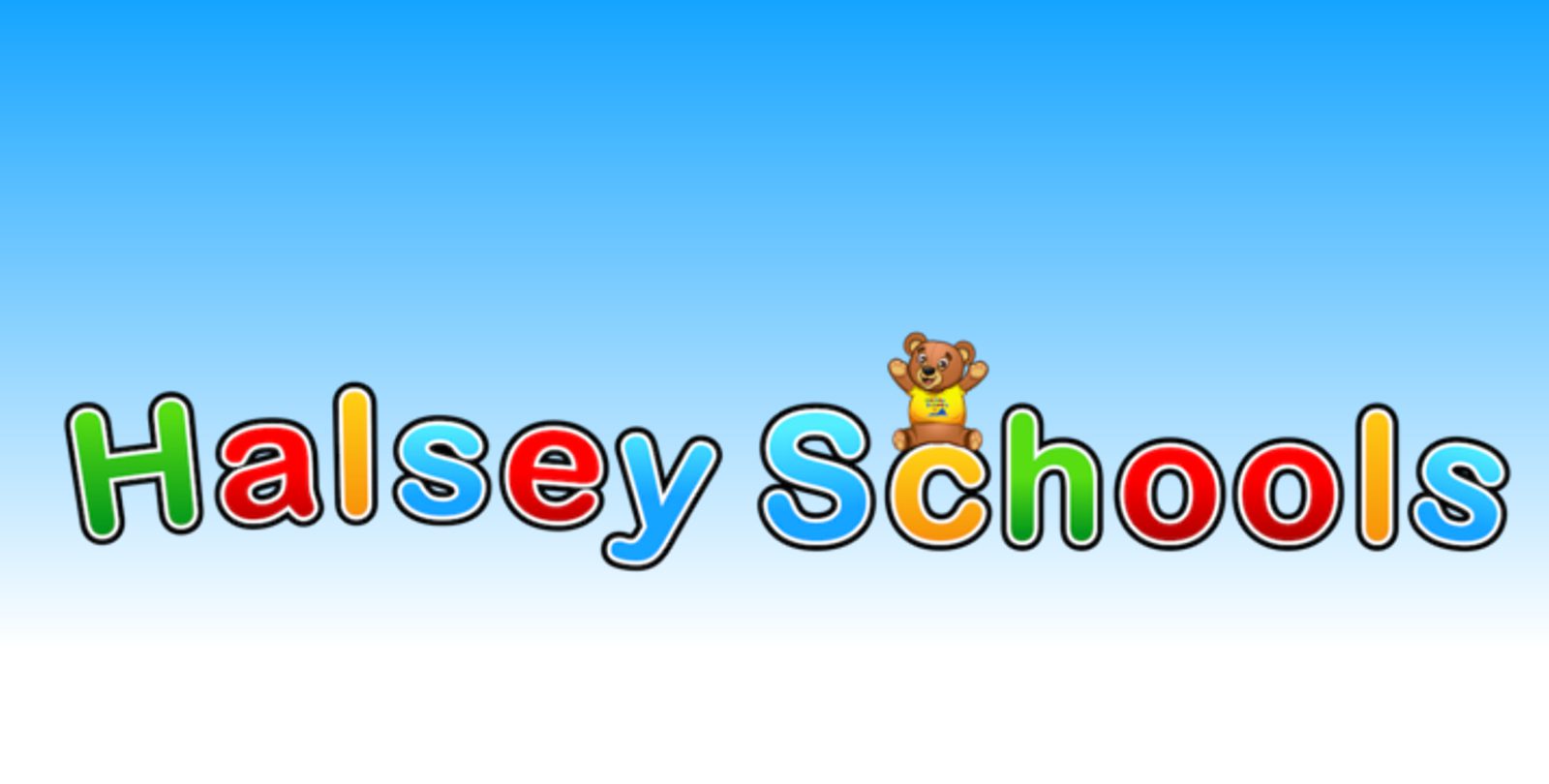How to perform CPR – Summary
1. CHECK FOR RESPONSIVENESS
- Tap the shoulder and shout, “Are you OK?”
For an infant, you may flick the bottom of the foot.
2. CALL 911
- If no response, CALL 9-1-1 or the local emergency number.
- If an unconscious child or infant is face-down, roll face-up, supporting the head, neck and back in a straight line.
- If ALONE—Give about 2 minutes of CARE, then CALL 9-1-1.
- If the child or infant responds, CALL 9-1-1 or the local emergency number for any life-threatening conditions and obtain consent to give CARE. CHECK the child from head to toe and ask questions to find out what happened.
3. OPEN THE AIRWAY
Tilt head back slightly, lift chin.
4. CHECK FOR BREATHING
CHECK quickly for no more than 10 seconds.
- Occasional gasps are not breathing.
- Infants have periodic breathing, so changes in breathing pattern are normal for infants.
5. GIVE 2 RESCUE BREATHS
If no breathing, give 2 rescue breaths.
- Tilt the head back and lift the chin up.
Child: Pinch the nose shut, then make a complete seal over child’s mouth.
Infant: Make complete seal over infant’s mouth and nose. - Blow in for about 1 second to make the chest clearly rise.
- Give rescue breaths, one after the other.
TIPS:
- If you witnessed the child or infant suddenly collapse, skip rescue breaths and start CPR.
- If the chest does not rise with rescue breaths, retilt the head and give another rescue breath.
VIDEO: All Halsey Schools teachers are trained and retrained regularly
Full CPR is only performed when you are sure a child is not breathing
1. GIVE 30 CHEST COMPRESSIONS
Push hard, push fast in the middle of the chest.
- Child: Push about 2 inches deep.
- Infant: Push about 11⁄2 inches deep.
- Push fast, at least 100 compressions per minute.
2. GIVE 2 RESCUE BREATHS
- Tilt the head back and lift the chin up.
- Child: Pinch the nose shut, then make a completeseal over child’s mouth.
- Infant: Make complete seal over infant’s mouth and nose.
- Blow in for about 1 second to make the chest clearly rise.
- Give rescue breaths, one after the other. DO NOT STOP
TIP: Child or infant must be on firm, flat surface.
3. Do not stop CPR – Continue cycles of CPR
Do not stop CPR except in one of these situations:
- You find an obvious sign of life, such as breathing.
- An AED is ready to use.
- Another trained responder or EMS personnel take over.
- You are too exhausted to continue.
- The scene becomes unsafe.
TIP: If at any time you notice an obvious sign of life, stop CPR and monitor breathing and for any changes in condition.
This is simply a summary from the American Red Cross’ Ready Reference. It does not take the place of training. It is for informational purposes only. Don’t do CPR if you are not properly trained and certified. Do not use this post as a reference for CPR. All other legal stuff applies.
SOURCE: American Red Cross Pediatric First Aid/CPR/AED Ready Reference
Jenni and I have spent our entire lives surrounded by children. Even if we’ve done something hundreds oftimes it’s always exciting, fresh and new with fascinated children.|
More about me
More about me
Latest posts by Robert Rice - Owner (see all)
- Are you using the right car seat? Is your child sitting in the safest spot? - May 15, 2017
- Rear facing car seat required - November 29, 2016
- Does this sound like your three year old? - August 9, 2016





